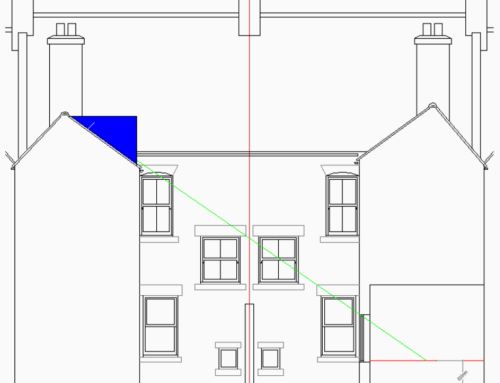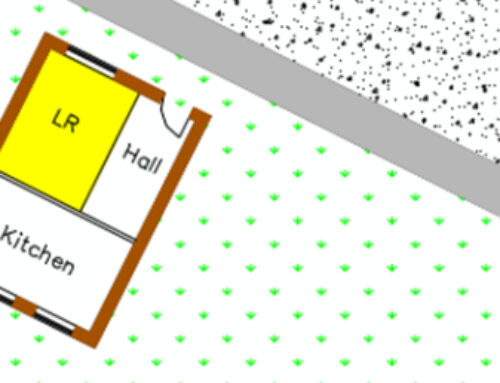
We have written before on the right to light risks associated with ‘side extensions’, as that is by far the most common residential situation where we find people get caught out with right to light matters.
However, the next most common residential development that we find causes homeowners difficulties, are those relating to the development ‘opportunities’ often associated with bungalows.
Many homeowner/developers find a bungalow and their thoughts are to try to get planning permission to:
- demolish it and build a new two or three storey house in its place;
- convert the loft, often turning hipped roofs into gable roofs, or, by adding large dormer windows
- or, completely add a new storey, with a higher roof profile, sometimes including front or rear extensions
Many of the above options will undoubtedly get planning approval. If there are neighbouring houses, often such houses may only have non-habitable rooms that look towards the bungalow. As such rooms are not considered in terms of impact from a planning perspective, redevelopment of the bungalow could sail through planning.
However, as set out in our article on common misconceptions regarding right to light, here, https://www.righttolightsurveyors.co.uk/8-top-right-to-light-misconceptions/ non-habitable rooms can have a legal right to light. Points 2 and 4 are particularly relevant to bungalow projects.
Also, we tend to find that bungalows are not built nowadays, as often as they once were, for obvious economic reasons, and so, often, bungalows tend to be older properties. Generally, the windows with such properties have acquired legal rights to light via Prescription, by virtue of the windows having enjoyed uninterrupted light for 20 years.
If your development reduces the light to neighbouring rooms to a certain level, then if the windows serving such rooms do have a legal right to light, a neighbour could pursue a claim against the developer of the bungalow. Depending upon the facts of the case, potential remedies available to such neighbours could be an injunction to stop you from building, or an injunction to make you demolish any parts of the development that have caused the injurious loss to the neighbours’ rooms and windows. Another remedy could be that they seek compensation (which can often be a considerable amount). Or, a combination of ‘cut-back’ (that is, reduction in the size of the property) coupled with a monetary payment for any residual injurious losses might be a solution.
It should be noted that right to light is not a ‘new’ matter. Designers, whether these be architects or surveyors, should be aware of such risks, and should know the difference between planning considerations relating to daylight and sunlight, and the separate civil matters relating to legal right to light. As a lay person embarking on such a project, paying professionals fees for advice, you should not be exposed to these risks.
If you are thinking about the development of a bungalow, we urge you to consider such restraints. Getting planning permission can be a costly exercise and can take many months. The last thing you want is to find you have spent lots of time and money pursuing a scheme that, even with planning consent, you may find is unbuildable due to neighbours having a valid legal right to light case.
In such case, you may find yourself in a situation where you have no choice but to start over, costing more time, and money for further planning drawings and application fees.
If you have any queries, please do contact us at [email protected], we would be pleased to answer any queries that you may have.
We have a range of information available on planning an extension on a new build, you can also contact our team for more information.
Related Articles
Found The Perfect Development Plot? Beware of These Potential Light Constraints
Sunlight and New House Design: Avoid The Temptation to Use Standard Plans
Right to Light: Risks to Design and Build Construction Companies






